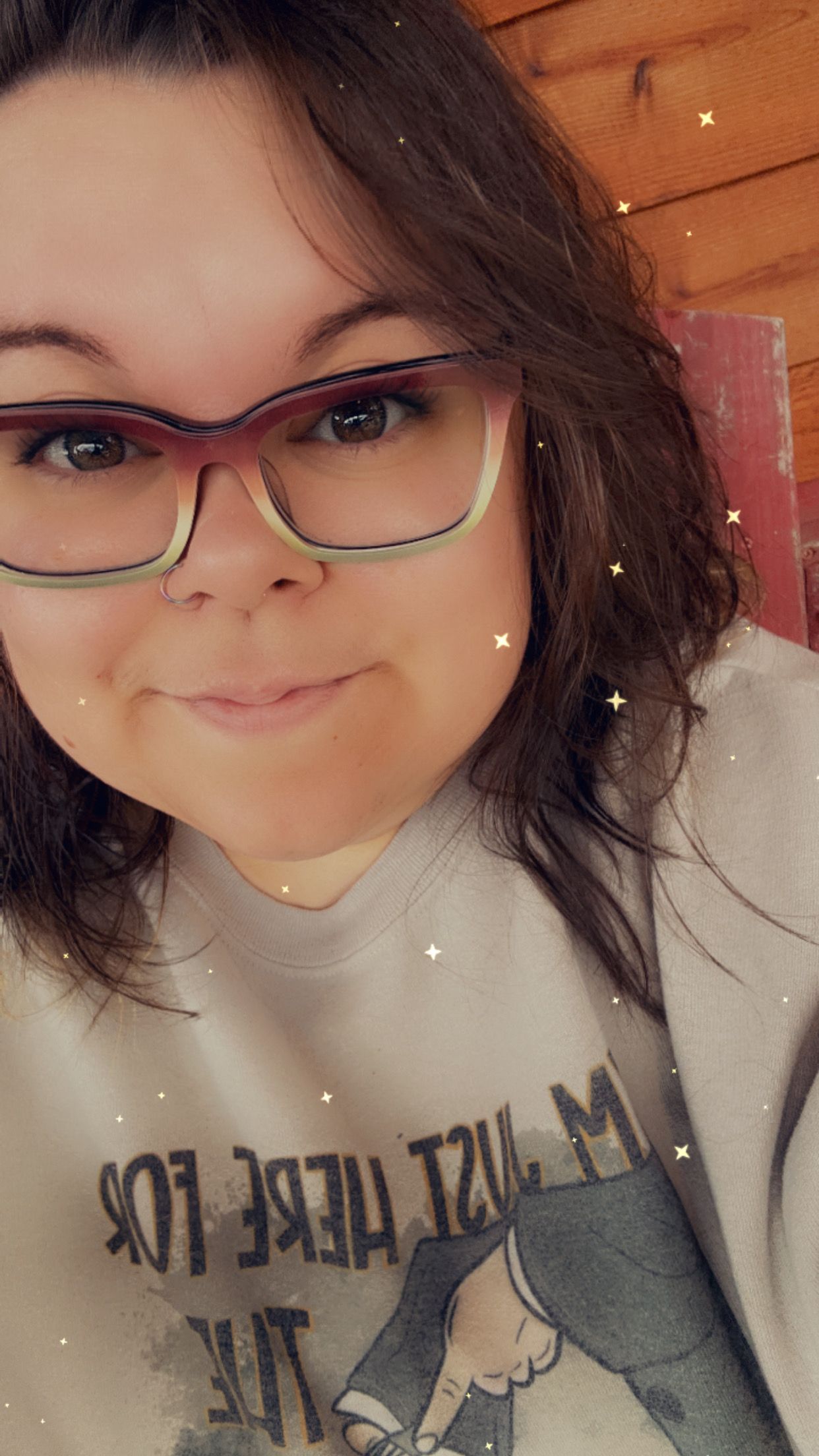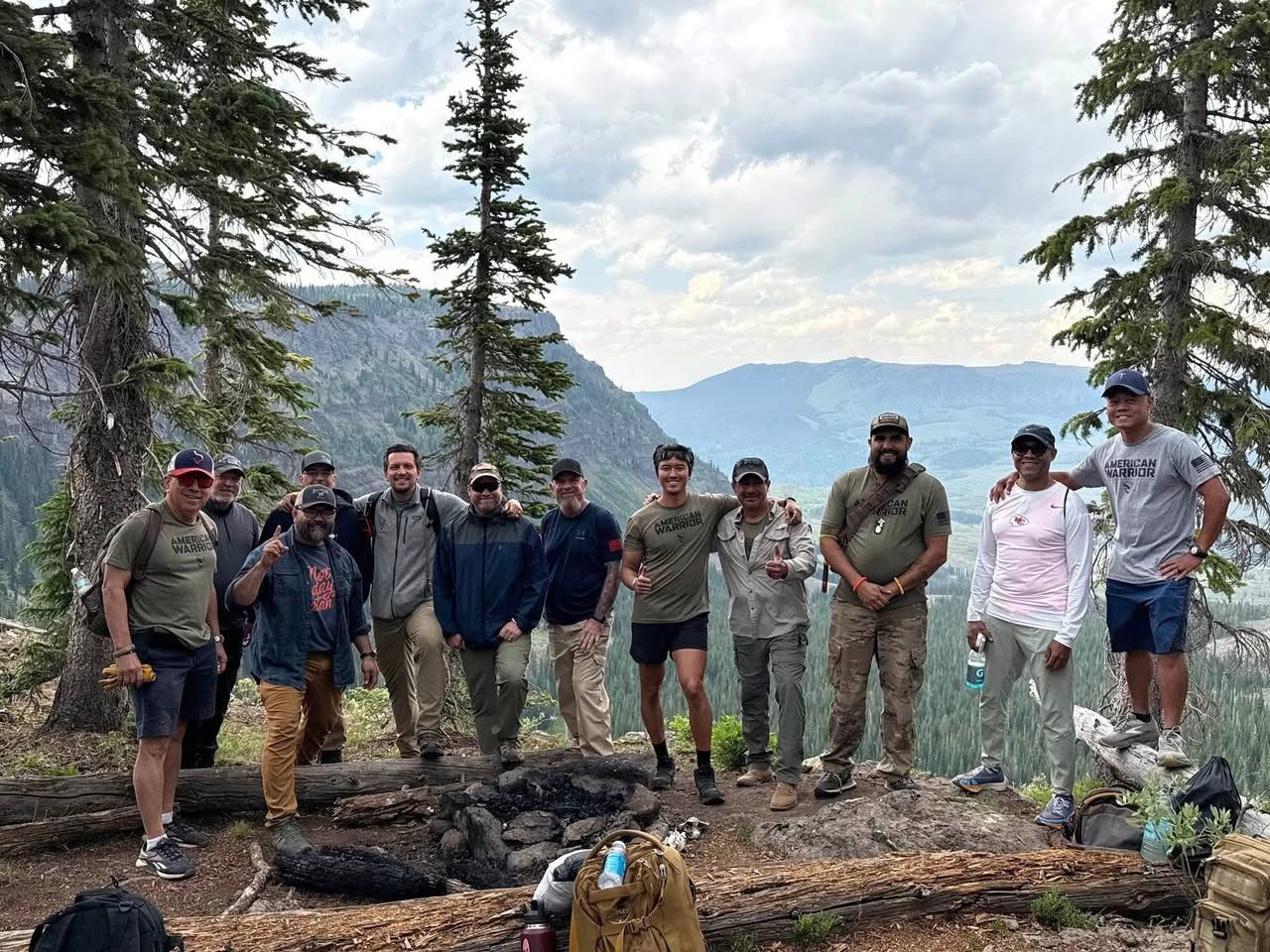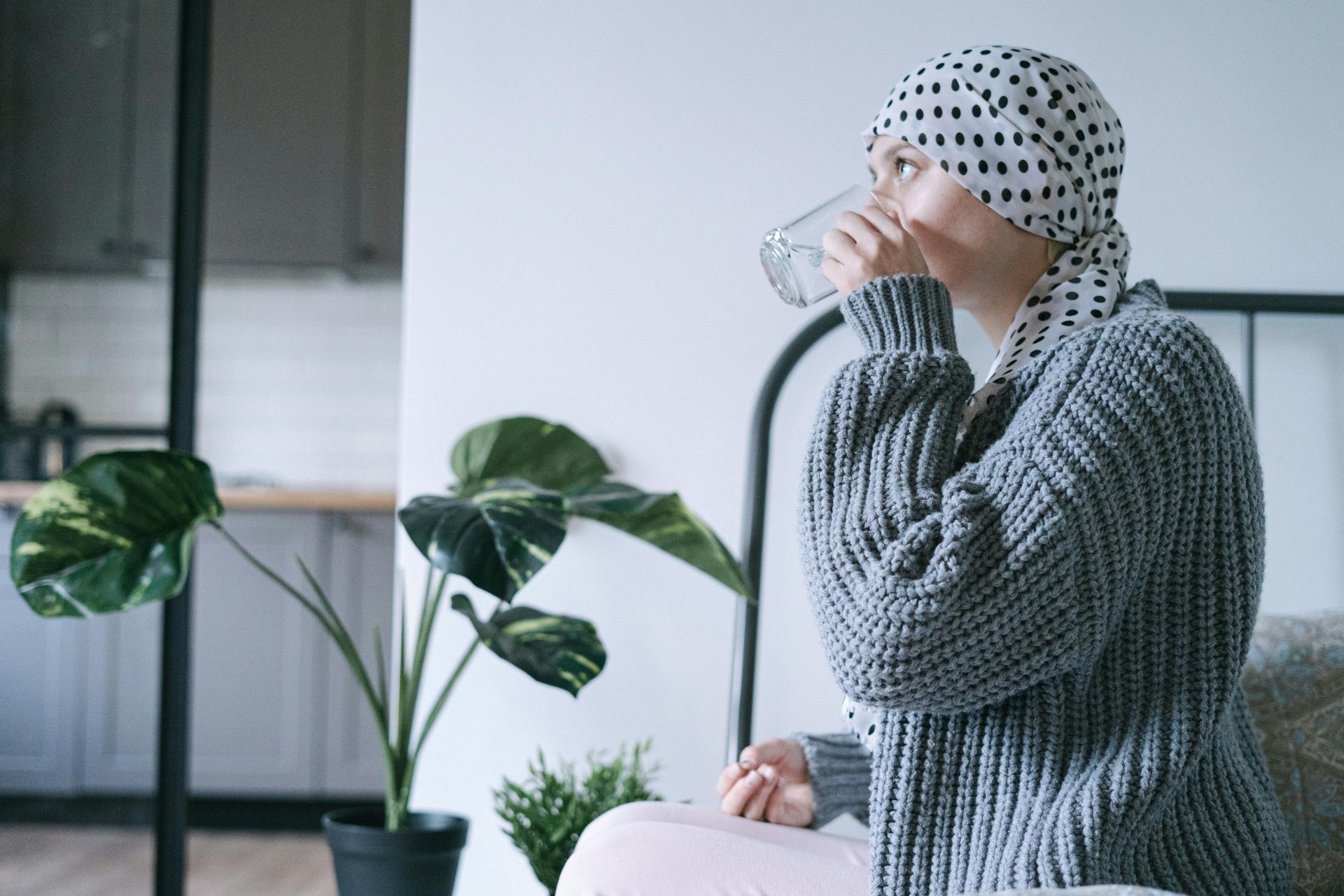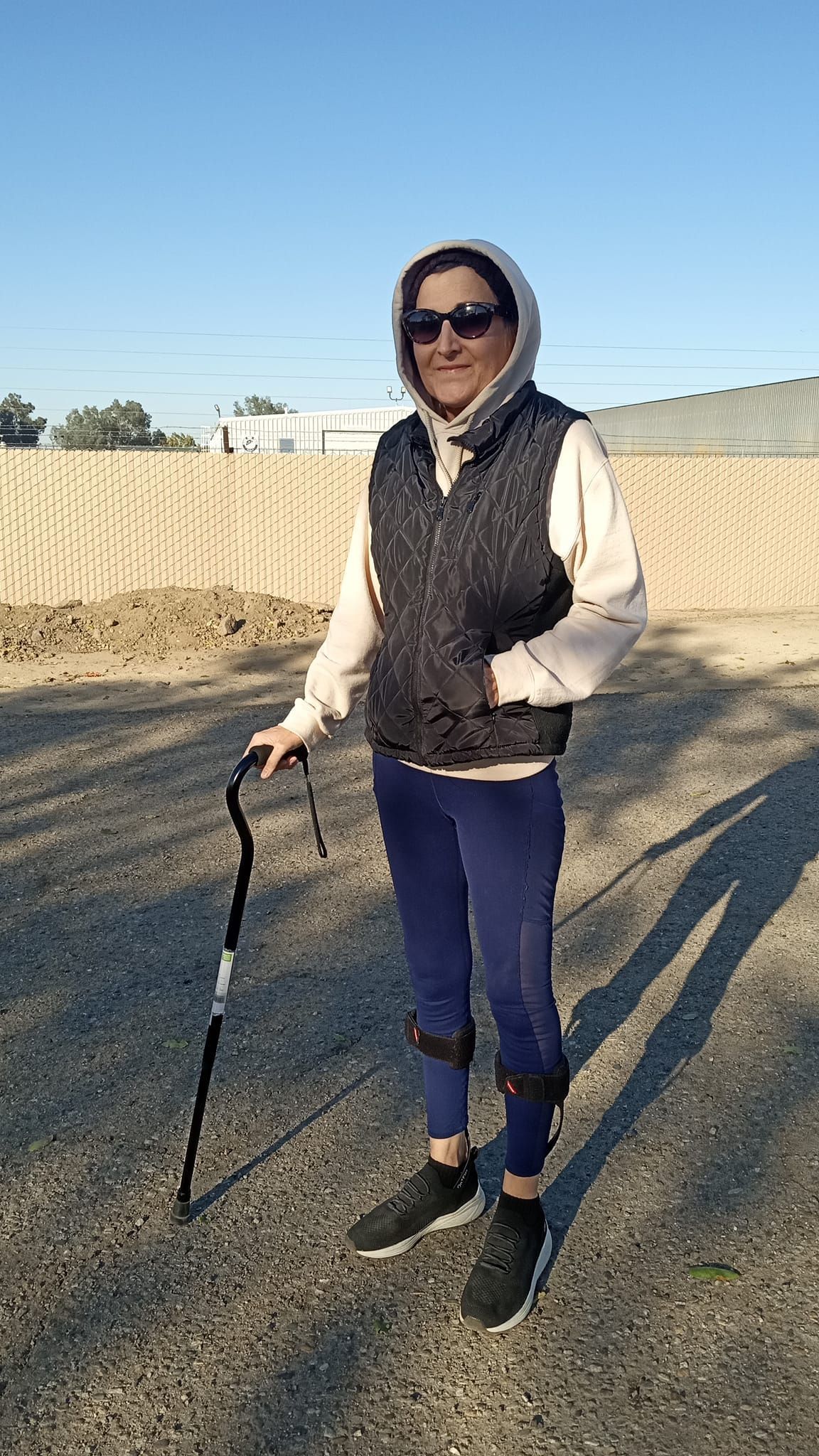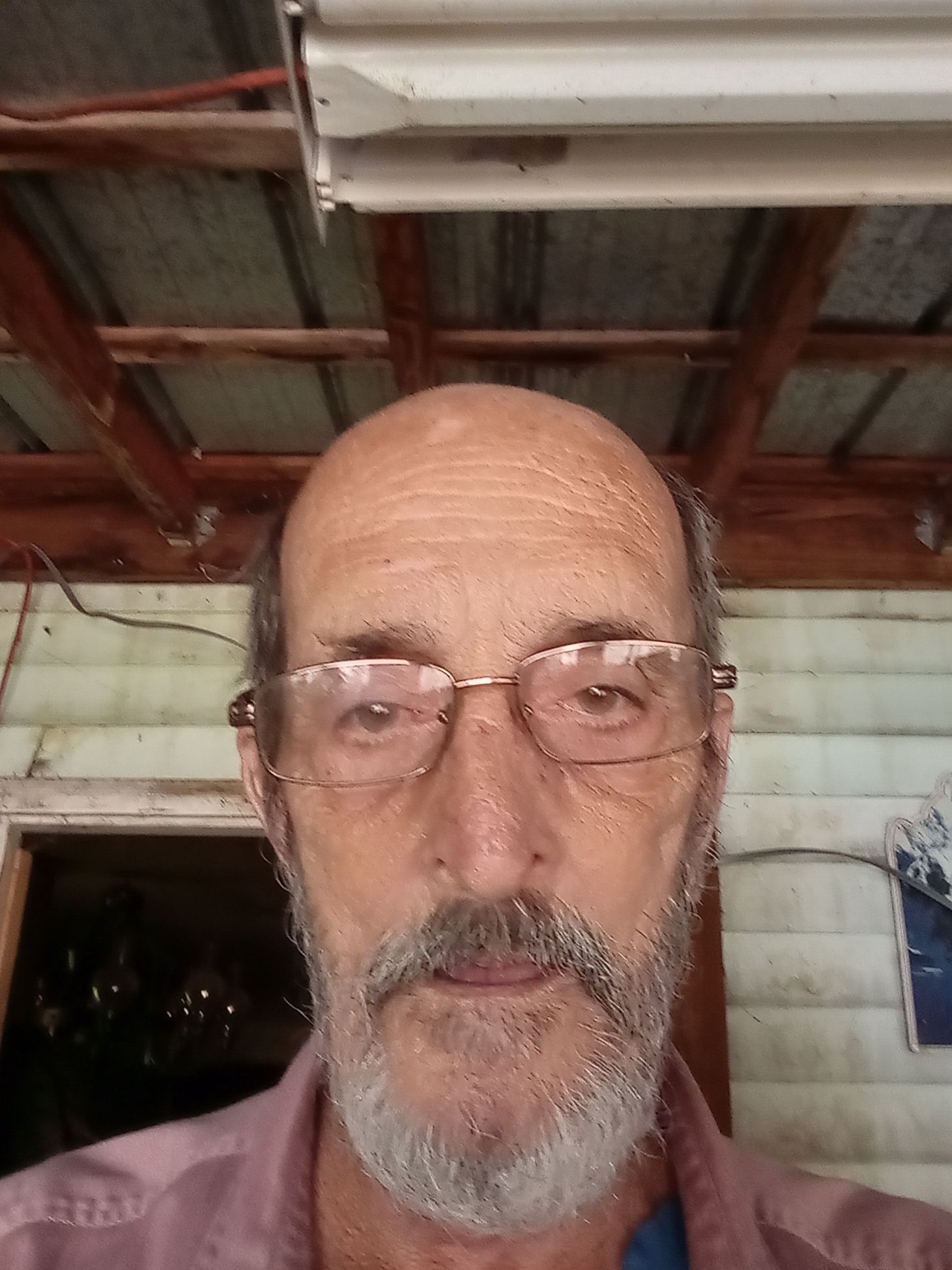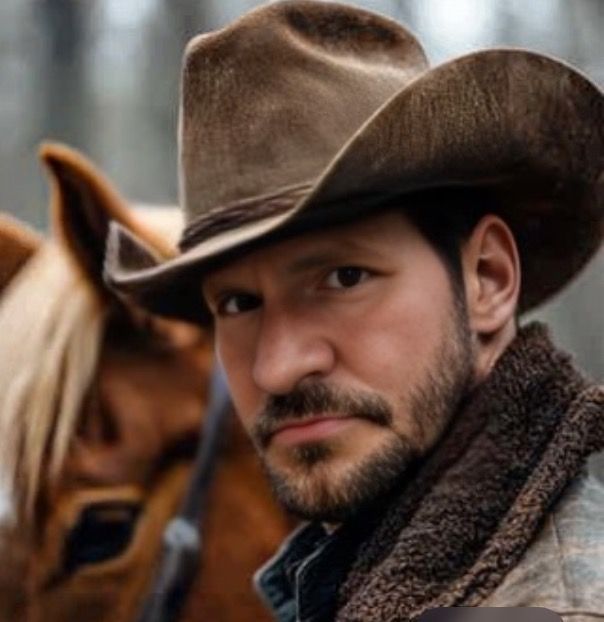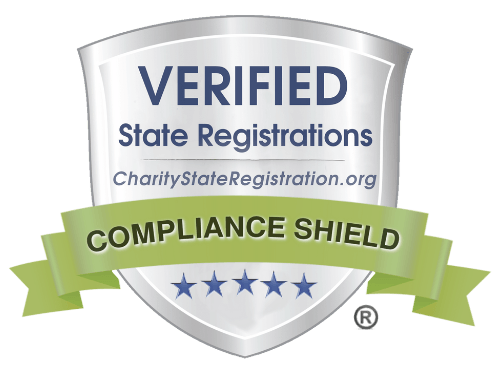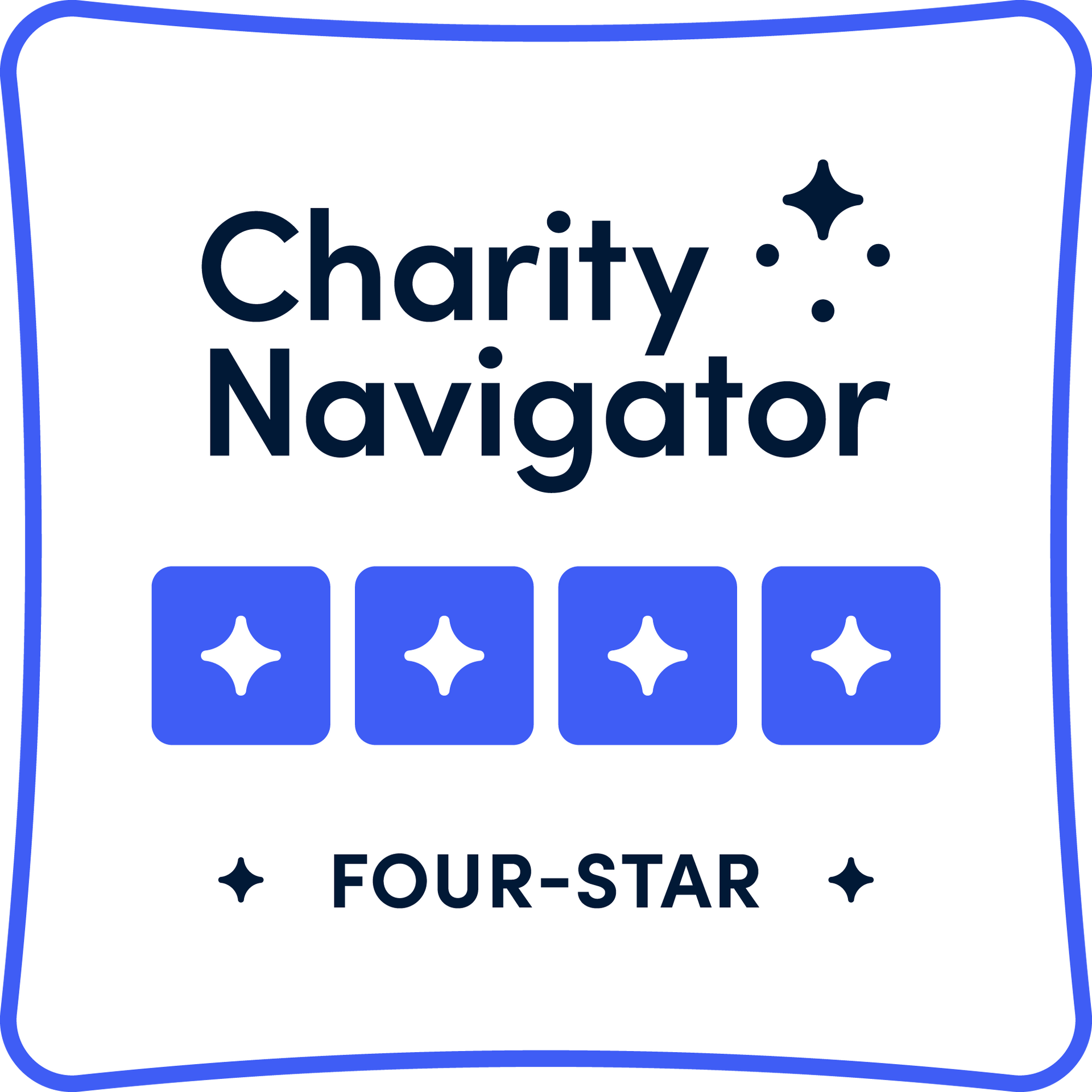Burning Questions (and Answers)
Burn Awareness Week
The first full week in February is Burn Awarness Week. Prevention, treatment, and safety are all important. With that in mind, Mercy Medical Angels would like to share some information about burns.
By the Numbers
According to a 2015 report by the American Burn Association, burn injuries affect many individuals. Approximately 486,000 people were treated for burn injuries in 2015; 40,000 of these burn victims were hospitalized. Fire-related burns accounted for 43 percent. Scalding was a close second at 34 percent. Contact burns came in third at 9 percent. Electrical burns were at 4 percent. Chemical burns made up 3 percent. All other burns amounted to 7 percent.
Treatment and Healing
First-degree burns involve the outer layer of the skin. Run cool water on the burn for at least five minutes – if they start shivering, turn off the faucet. Don’t reach for the ice pack, as this can make it worse. Aloe helps to soothe the burn, and try a small pain reliever. Don’t use home remedies, such as butters or ointments, as these can trap the heat. Remove all clothing, jewelry, watches, and other accessories ASAP. Cover the burned area with a sterile gauze bandage or clean cloth, but don’t wrap it too tightly. If there are blisters, keep the area intact. If a burn is bigger than the palm of their hand, expands, or they get a fever, seek medical attention.
Second-degree burns affect the first and second layers of the skin. They’re usually red, painful, develop blisters, and can start swelling. If it’s smaller than three inches, you can treat it like a first-degree burn. If it’s bigger than three inches, go to the nearest medical provider for evaluation and treatment.
Third-degree burns harm all skin layers, and can cause permanent damage. The skin might look charred, blackened, or white; it might have a dry, leathery texture. These aren’t minor burns, no matter how small the area is. Get help immediately.
Healing takes several days. Change the wound dressing daily, and observe it for signs of infection. It might start itching uncomfortably; don’t scratch it! Apply a lotion or take an over-the-counter medication such as Benadryl – and always read the directions on the label. Once it’s healed, minimize sun exposure and always wear sun protection.
Safety Q&A
You probably have some questions about burn safety and prevention. Here are some common questions people have about burns – along with answers.
Beware of Unlikely Hazards
- Are all burns caused by heat? No. Frostbite and hypothermia can land you in the ER. If you’re out in cold weather, wear warm layers that cover your hands and ears. Take frequent breaks inside with a cup of hot cocoa; steer clear of alcohol or caffeinated drinks. Also, if you see dry ice, don’t touch it!
- The coffee overheated and my shower was a little too hot. Are those hazards? Yes. Burns from hot liquid or steam are called scalds. They can cover a larger area than a fire burn. Make sure hot drinks go in spill-proof containers. The temperature for a water heater should be at or below 120 degrees Fahrenheit. If you notice your skin turning red in the shower, cool it off.
- The skies are getting dark. Can storms cause burns too? Yes. Get away from water and anything tall, such as a tree. Find shelter and stay there. Lightning is five times hotter than the surface of the sun. The electrical charge can make a bad injury worse.
Stay Safe While Having Fun
- It’s a beautiful day! Is it possible to get burned outside? Yes. Make sure your sun protection is at least SPF 30, and re-apply regularly. If a sunburn feels hot, pure aloe helps cool off. Believe it or not, you can get sunburns in winter too, when the light reflects off the snow.
- We’re going to a bonfire! Got any safety tips? Make sure that your fire is enclosed in a pit or a ring. Place it downwind from anything flammable. Don’t use chemicals on the fire. Tell people to stay at least three feet away from the flames. Keep the fire manageable and make sure someone has a bucket of water if things get out of hand. To extinguish effectively and stop any embers: douse the fire with water, stir it into the dirt, repeat. Never, under any circumstances, leave a fire unattended! Also, don’t scorch your s’mores – it’s not worth burning your mouth.
- Is it OK to use sparklers or fireworks, say, on Fourth of July and New Year? No. Sparklers are hotter than blowtorches. People often suffer from permanent injuries if they set off fireworks. Not to mention, they’re illegal in many states. Leave pyrotechnics to professionals.
Around the House
- I want to use the gas fireplace. Does this pose a burn risk? Yes. The glass can reach temperatures up to 1,300 degrees Fahrenheit. It stays hot for at least an hour after you turn off the gas, and can cause serious burns within seconds. If you have small children, put screen barriers over the glass and use baby gates.
- I’m about to cook dinner. Any special instructions? For starters, make sure the kids aren’t playing nearby. Make sure that cords for hot appliances – such as the coffee maker or the sandwich press – aren’t dangling from the counter. Turn handles to the side, away from the burners. To handle hot materials, use oven mitts or potholders, not towels. Wear fitted clothing so it doesn’t flop into the fire. If you’re having a cookout, only use fuel that’s intended for your grill.
Out and About
- I’m at the gas station. Is there anything I shouldn’t do? No pumping it into a container that’s touching the car. Never siphon by mouth, because of toxic fumes… not to mention, you could swallow it by accident. In case you somehow manage to ingest gasoline, don’t force yourself to vomit. Finally, no smoking.
- What if there are kids around? You know what they say about playing with fire. Lighters, matches, and any flammable materials should be locked up and out of sight. Don’t let kids help with turning on the grill or lighting the birthday candles. Set a good example, and teach them about fire safety in an age-appropriate manner.
In Conclusion…
Burn Awareness Week is only one week in February. But safety and prevention don’t end when the awareness week does. Continue following these tips for the rest of the year, and share the knowledge – because when it comes to burn safety, knowledge is protection!




